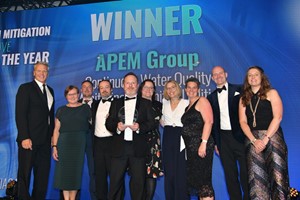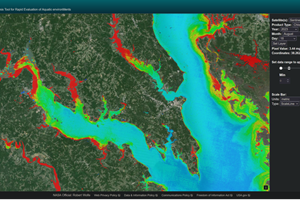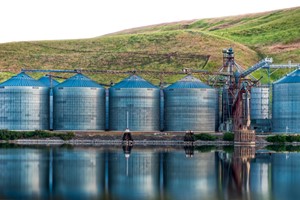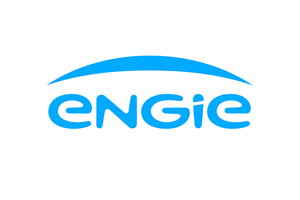In an age of heightened scrutiny surrounding the implementation of efficient and sustainable industrial practices, the maxim "you can't manage what you don't measure" holds, particularly for those whose daily responsibilities revolve around monitoring and enhancing water quality.
In today's rapidly evolving industrial landscape, maximizing efficiency and competitiveness while minimizing energy consumption and environmental impact is crucial; however, this need places increasing pressure on companies to have detailed insights into ongoing operations regardless of location or specific operating conditions.
Consider water quality, for instance. Water utilities involved in potable and wastewater treatment are expected to meet ever-rising standards in water supply and treatment. This requirement originates from the need to fulfill public expectations and comply with increasingly stringent environmental regulations.
The same expectation extends to those consuming significant amounts of water at an industrial scale. They must closely monitor both the quality and quantity of discharged water to minimize the impact of their activities on surrounding waterways.
Operators of power generation processes must also address the additional challenge of safeguarding against excessive accumulation of contaminants. If left unattended, these contaminants can significantly impair the efficiency and operational lifespan of critical plant components such as boilers and steam turbines.
Continuous Monitoring
Similar to an outdated encyclopedia, the limitations of conventional manual-based extractive sampling render it fundamentally unsuitable for a fast-paced world that seeks prompt responses.
The delays and uncertainties associated with manual sample collection and the inherent limitation of capturing a mere snapshot of a specific moment have directed users toward real-time analyzers that aim to fulfill growing operational and legislative requirements.
Employing online digital analyzers for continuous monitoring can significantly diminish the risk of an environmental violation, which could result in substantial financial penalties and harm the public perception of the organization.
Energy Efficiency
It can also contribute to indicating the path toward enhanced efficiency. In the case of dissolved oxygen, continuous monitoring has been demonstrated to significantly enhance aeration efficiency.
With aeration being responsible for more than 65% of energy consumption in wastewater treatment processes, discovering ways to boost efficiency through effective monitoring of dissolved oxygen presents a valuable opportunity to achieve substantial cost savings and minimize the carbon footprint.
Those who have transitioned to this approach are rewarded with timely and accurate "always-on" data, empowering them to make informed decisions that can be promptly implemented to enhance plant or process performance.
The growing demand for accountability necessitates a fresh mindset, which has prompted numerous water utilities and industrial water users to adopt online measurement methods.
Olivia Frost














